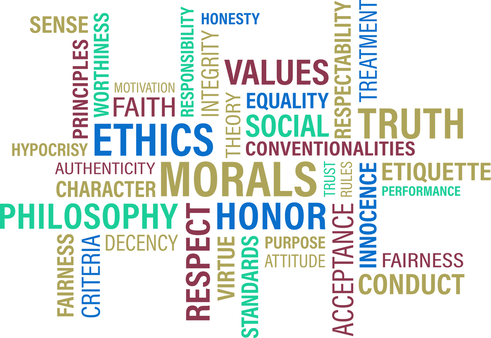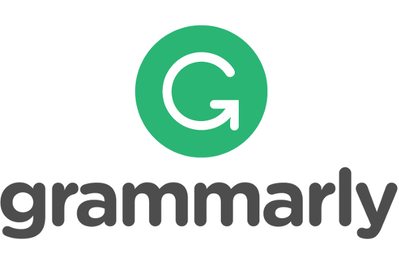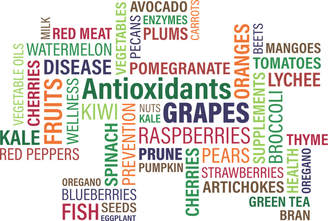|
Text analytics is the field that deals with the analysis of text data in a data science context. Many of its methods are relatively simple since it's been around for a while now. However, more modern models are quite sophisticated and involve a deeper understanding of the texts involved. A widespread and relatively popular application of text analytics is sentiment analysis, which has grown significantly over the past few years. Also, its evolution, which involves the understanding of a text's tone and other stylistic aspects, has made it possible to assess text in different ways, not just as a positive-negative sentiment only. The sophistication of text analytics is mainly due to artificial intelligence in it, especially deep learning (DL) and natural language processing (NLP). The latter ensures that the text is appropriately evaluated, taking into account syntax and grammar and parts-of-speech and other relevant domain knowledge of linguistics. It also employs heuristics like the TF-IDF metric and frequency analysis of n-grams (combining n different terms forming common phrases). All these yields a relatively large feature set that needs to be analyzed for patterns before a predictive model is build using it. That's where DL comes in. This form of A.I. has evolved so much in this area that there exist DL networks nowadays that can analyzed text without any prior knowledge of the language. This growth of DL makes text analysis much more accessible and usable, though it's most useful when you combine DL with NLP. The usefulness of text analytics, mainly when A.I. is involved, is undeniable. This usefulness has driven change in this field and advanced it more than most data science use cases. From comparing different texts (e.g., plagiarism detection) to correcting mistakes, and even creating new pieces of text, text analytics has a powerful niche. Of course, it's always language-specific, which is why there are data scientists all over the world involved in it, often each team working with a particular language. Naturally, English-related text analytics has been more developed, partly because it's more widespread as a language. Because of all that, text analytics seems to remain a promising field with strong trends towards a future-proof presence. The development of advanced A.I. systems that can process and, to some extent, understand a large corpus attest to that. Nowadays, such A.I. systems can create original text that is truly indistinguishable from the text written by a human being, passing the Turing test with flying colors. A great application of text analytics that is somewhat futuristic yet available right now is Grammarly. This slick online application utilizes DL and NLP to assess any given text and provide useful suggestions on improving it. Whether the text is for personal or professional use, Grammarly enables it to deliver the message you intend it to, without any excessive words. Such a program is particularly useful for people who work with text in one way or another and are not super comfortable with English. Even the free version of it is useful enough to make it an indispensable tool for you. Check it out when you have the chance by installing the corresponding plug-in on your web browser!
0 Comments
Natural Language Processing (NLP) is an essential part of data science today. Although its focus is on analyzing text, its benefits go beyond this and cover cases to improve an existing text. In a world where written communication is becoming more prevalent, this is a powerful aspect of the field. In this article, we'll look into all that through a practical and not-too-technical perspective. Let’s start with what NLP is. NLP is a specialized field on the overlap of data science and A.I., geared towards analyzing text data, mainly text forming complete sentences. NLP aims to understand things like the tone of the text, its sentiment polarity, and its intention. Specialized aspects of NLP focus on understanding the meaning of the text to provide more in-depth insights regarding it. This kind of NLP is under the Natural Language Understanding (NLU) umbrella, and it's a more advanced aspect of NLP. Other advanced aspects of NLP involve creating new text based on a given text or sometimes even just a prompt. A given text can improve in various ways. Apart from the apparent corrections (e.g., typos and incomplete sentences), it can be made clearer, less wordy, and more elegant. Changes like these involve improving the vocabulary involved as well as the sentence structure. To automate this process, some NLP work is necessary. Additionally, the user's feedback can be incorporated to enhance the text further, mitigating any inaccurate improvements. What's more, additional improvements from a human editor can be incorporated into the NLP model, even if that editor is the original text's creator. In any case, this is a long process that involves considering various factors, such as the audience the text is targeted at, the objective of the text, etc. That's why to improve a text, you need a systematic and sophisticated approach, one that is versatile enough to adapt and evolve. In short, you need an A.I. system designed for this specific task. All this may seem like a lot of work for just making a piece of text look nicer, perhaps a bit of an overkill. However, considering the effects of this work, it may be an excellent investment. In particular, by providing suitable corrections to the user (who is also the original text's creator), the latter can improve his writing style and mastery of the language. This is particularly the case when the user is not well versed in linguistics and makes many mistakes. So, this simple NLP pipeline, which is also mostly self-sufficient, can improve the user also, all while enabling her to spend her time on other, more challenging tasks. What's more, a good text can help communication among people, effectively making this NLP work an excellent time-saver for everyone involved in this text. But where can someone find such an NLP system that can improve a given text and the person who wrote it, eventually? Well, Grammarly has you covered in that regard. This company has developed a powerful A.I. system that does just that, all while having an intuitive and easy-to-use interface that integrates well with your web browser. Having used this system myself for over a year now, I can attest to its usefulness and insightful feedback. Check it out when you have the chance. Cheers!
|
Zacharias Voulgaris, PhDPassionate data scientist with a foxy approach to technology, particularly related to A.I. Archives
April 2024
Categories
All
|









 RSS Feed
RSS Feed